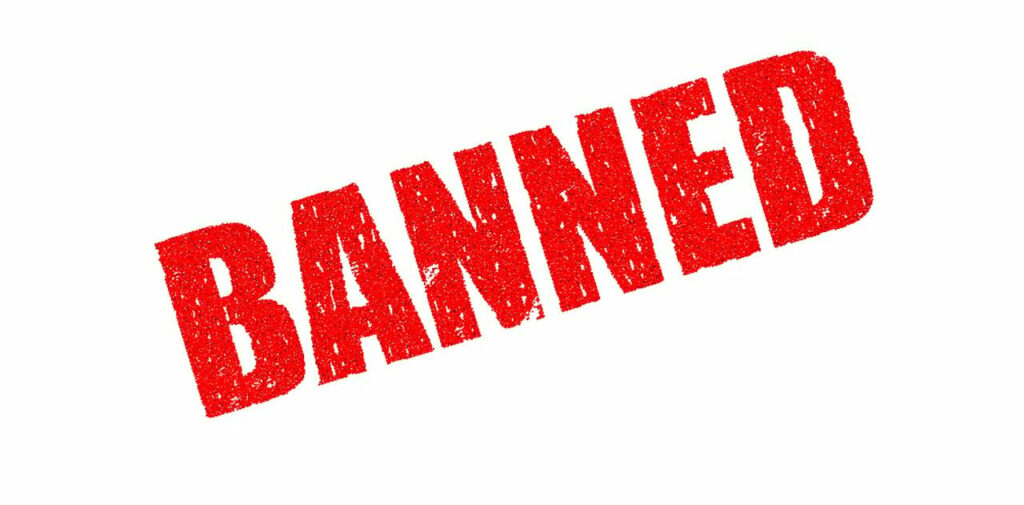Pinterest is a powerful platform for affiliate marketers looking to drive traffic and generate sales. However, promoting affiliate links on Pinterest requires a strategic approach to avoid violating their policies and getting banned. In this guide, we’ll cover the best practices for safely and effectively promoting affiliate links on Pinterest.

1. Understand Pinterest’s Affiliate Marketing Policies
Before you start posting affiliate links, it’s essential to familiarize yourself with Pinterest’s guidelines. As of now, Pinterest does allow affiliate links, but they have strict spam policies. Here are some key points:
- Avoid excessive self-promotion.
- Do not create spammy or misleading Pins.
- Ensure all links lead to high-quality content or products.
- Be transparent about your affiliate relationships.
Violating these rules may result in your account being restricted or permanently banned.
2. Use a Website or Blog as a Middleman
Instead of posting direct affiliate links, create a blog or landing page where you can provide valuable content and naturally integrate your affiliate links. This helps:
- Build trust with your audience.
- Improve conversions by offering helpful information.
- Reduce the risk of Pinterest flagging your links as spam.
For example, if you’re promoting a beauty product, write a detailed review or comparison post and then link to that article on Pinterest rather than directly to the product.
3. Create High-Quality Pins
Pinterest is a visual platform, so your Pin’s design matters. Follow these best practices:
- Use high-resolution images.
- Create eye-catching, professional-looking graphics.
- Add text overlays that provide value (e.g., “Top 5 Skincare Products for Glowing Skin”).
- Maintain brand consistency with colors and fonts.
- Ensure Pins are in the optimal 2:3 ratio (e.g., 1000×1500 pixels).
Using tools like Canva or Adobe Spark can help you design compelling graphics that stand out in the Pinterest feed.
4. Write Engaging and Keyword-Rich Descriptions
Pinterest is also a search engine, so optimizing your Pin descriptions is crucial. Follow these steps:
- Use relevant keywords to improve discoverability.
- Write natural, engaging captions (avoid keyword stuffing).
- Include a clear call to action (e.g., “Click to read our full review!”).
- Be honest and transparent about affiliate links where necessary.
Example of a good Pin description:
“Looking for the best budget-friendly skincare products? Check out our top 5 picks and find the perfect solution for your skin type! #SkincareTips #AffordableBeauty”
5. Utilize Rich Pins for Added Credibility
Rich Pins add extra details to your posts, such as product pricing and availability. There are different types of Rich Pins, including:
- Product Pins (great for affiliate marketers promoting physical products).
- Article Pins (ideal for linking to blog posts that contain affiliate links).
- Recipe Pins (useful for food bloggers with affiliate partnerships).
To enable Rich Pins, you’ll need to apply through Pinterest’s website and verify your domain.
6. Join Group Boards and Tailwind Tribes
Group boards and Tailwind Tribes allow you to expand your reach. Look for niche-related group boards that accept contributors and follow these steps:
- Engage with other Pins in the group (like, comment, and repin).
- Share valuable, high-quality content that benefits the group.
- Avoid spamming multiple affiliate Pins at once.
Using Tailwind, an approved Pinterest scheduling tool, can help automate and optimize your posting schedule.
7. Diversify Your Content and Avoid Overposting
Rather than spamming multiple affiliate Pins, mix different types of content to keep your account balanced and engaging. Suggested content types:
- Infographics that provide value (e.g., “10 Ways to Save Money While Shopping”).
- Tutorials and How-To Guides related to your niche.
- Personal testimonials or case studies featuring the products you promote.
Posting consistently but not excessively (10-30 Pins per day) ensures steady engagement without being flagged as spam.
8. Disclose Affiliate Relationships
Transparency is key to building trust with your audience. Add a simple disclaimer in your Pin descriptions or blog posts, such as:
“This post contains affiliate links. If you purchase through my link, I may earn a small commission at no extra cost to you.”
This not only complies with FTC guidelines but also reassures your audience that you’re providing honest recommendations.
9. Track Your Performance and Optimize
To maximize results, analyze your Pinterest traffic and engagement using:
- Pinterest Analytics (for impressions, clicks, and saves).
- Google Analytics (to track affiliate link conversions from Pinterest traffic).
- Affiliate dashboard analytics (to see which Pins drive sales).
Identify which Pins perform best and create more of that content while tweaking underperforming ones.
10. Stay Updated with Pinterest’s Guidelines
Pinterest frequently updates its policies, so regularly check their official guidelines and stay informed about any changes. This ensures that you continue promoting affiliate links in a compliant and effective way.
Final Thoughts
Promoting affiliate links on Pinterest can be a lucrative strategy when done correctly. By following best practices—creating high-quality content, leveraging SEO, using a blog as a middleman, and staying within Pinterest’s guidelines—you can successfully drive traffic and earn commissions without risking your account.
Start implementing these strategies today and watch your Pinterest affiliate marketing efforts flourish!

